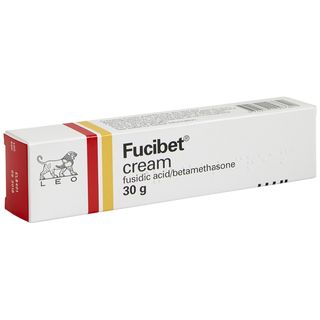
Skin Infections
Your skin forms part of your body’s main defences. Helping to keep harmful things out, and all your crucial bits in, it works hard to keep you safe and healthy. However, the skin, like the rest of the body, isn’t perfect and sometimes it falls foul of infection itself. If you have a cut, graze or condition that makes your skin more vulnerable, harmful microorganisms can find their way in and begin to cause damage. Luckily, skin infections are generally fairly easy to treat. Take a look at our safe and effective medications, or talk to a member of our expert team, to find out more.
Skin Infections Treatments
 Fucibet Cream£15.99
Fucibet Cream£15.99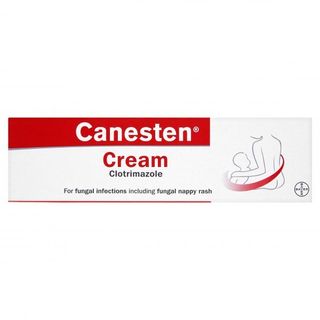
Canesten Cream
Canesten 1% Cream£7.97
Fucidin Cream (15g)
Fucidin Cream (15g)£15.99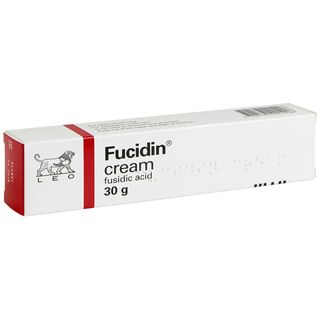
Fucidin Cream (30g)
Fucidin Cream (30g)£23.99- Best seller
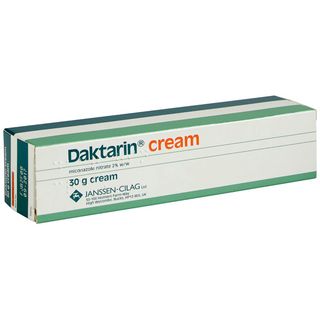
Daktarin Cream
Daktarin (Miconazole) 2% Cream£3.79 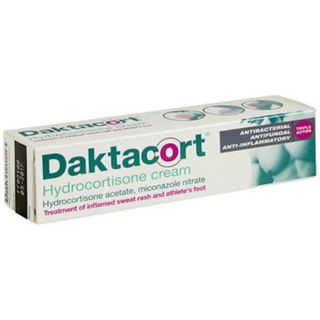
Daktacort Hydrocortisone Cream
Daktacort Hydrocortisone Cream£4.75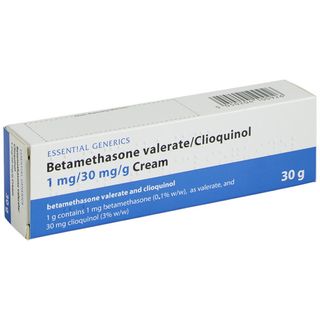
Betamethasone with Clioquinol Cream
Betamethasone with Clioquinol Cream£49.99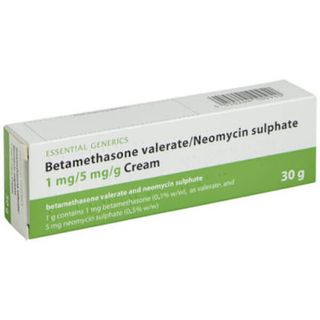
Betamethasone with Neomycin Cream
Betamethasone with Neomycin Cream£49.99
Fucidin H Cream
Fucidin H Cream£15.99
Fucidin Cream
Fucidin Cream£15.99- Out Of Stock

Canesten Hydrocortisone Cream
Canesten Hydrocortisone Cream£4.45 - Out Of Stock

Clotrimazole Cream
Clotrimazole 1% Cream£5.99 - Out Of Stock
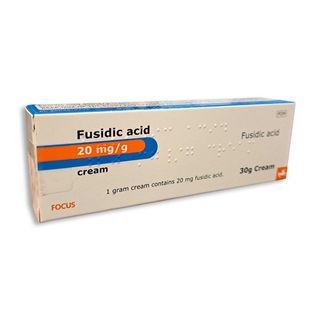
Fusidic Acid Cream
Fusidic Acid Cream - Out Of Stock
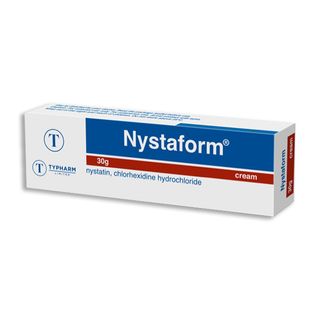
Nystaform Cream
Nystaform Cream - Out Of Stock
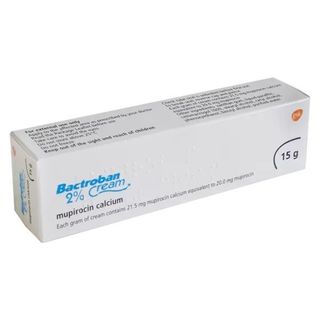
Bactroban 2% Cream
Bactroban 2% Cream - Out Of Stock
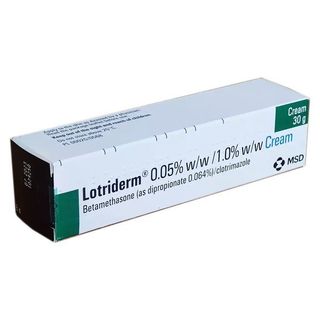
Lotriderm Cream
Lotriderm Cream - Out Of Stock

Trimovate Cream
Trimovate Cream - Out Of Stock
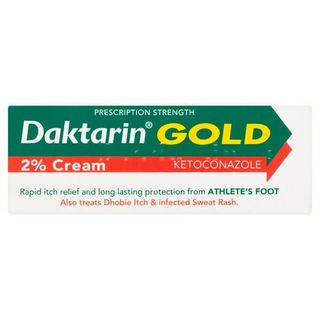
Daktarin Gold 2% Cream
Daktarin Gold 2% Cream - Out Of Stock
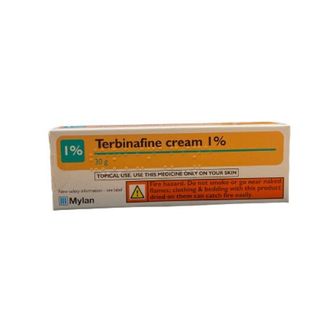
Terbinafine 1% Cream
Terbinafine 1% Cream - Out Of Stock
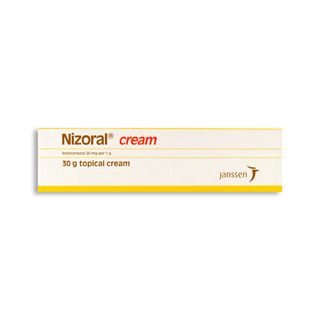
Nizoral 2% Cream
Nizoral (Ketoconazole) 2% Cream - Out Of Stock

Crystacide Cream
Crystacide Cream - Out Of Stock
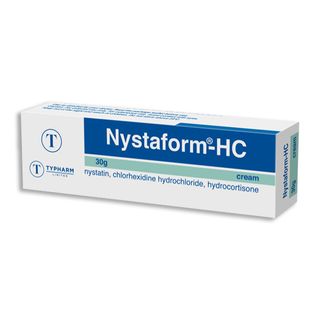
Nystaform HC
Nystaform HC
View recommended products for Skin Infections
Don't wait to get the medical help you need.
View our recommended treatments and select your preferred treatment and quantity from a list of options for you.
- Selected by our UK-based medical team
- Quick and easy checkout
- Treatments dispatched same day (before 3pm)
Ordering as easy as 1, 2, 3
1. Find the ideal treatment
2. Get a free consultation
3. Enjoy speedy delivery
Advice for Skin Infections
What is a skin infection and what causes it?
An infection is the result of a harmful organism (also known as a pathogen) entering your system and beginning to cause damage through spreading. The nature of the organism will vary depending on the situation, and each type of pathogen will have different effects. A bacterial infection is distinct from a viral infection, for instance, and must be treated differently.
A skin infection is simply an infection produced by an organism growing within (or adjacent to) your skin layers. They can begin by entering the skin through cuts or damage, but they can get into your tissue elsewhere and spread. Most skin infections will only significantly affect the skin itself, making them more uncomfortable than dangerous.
The ultimate cause of a skin infection is the introduction of the pathogen, but it’s also caused — or facilitated — by a vulnerability allowing that pathogen to enter the skin. Healthy skin is extremely effective at keeping infections at bay. If you suffer a skin abrasion or develop a condition that weakens your skin, it will leave you more susceptible to skin infections.
What are the symptoms of a skin infection?
It’s important to look out for skin infection symptoms if you’ve cut your skin and exposed it to potential sources of infection (most commonly dirty surfaces or materials). Even if you don’t recall suffering a cut, though, you should be careful: it’s possible to suffer a minor cut that doesn’t produce any visible bleeding but can still allow an infection to take hold.
When you experience skin discomfort after a cut or another injury that damaged your skin, look out for the following symptoms:
- Worsening pain and/or inflammation. The pain and swelling from a typical injury will diminish over time (at least once the shock has worn off). The pain may get duller or sharper, but it shouldn’t intensify. If these things are still getting worse after a few days, it could be an indication that a skin infection has taken hold.
- A fever, regardless of the severity. When your immune system encounters an infection, it can prompt a fever, raising your temperature in an effort to kill that infection. Depending on the scale of the infection and your immune response, it can be a light fever or something more serious.
- Reddened skin around the wound. Cellulitis is a common bacterial skin infection that produces redness in the affected area. It impacts not only the layers of skin but also the tissue beneath them. Note that skin around a wound can be red due to simple bruising, so consider the nature of the wound. If in doubt, seek medical assistance.
- A yellowed crust over the wound. It’s normal for a scab to form over a wound, but it should be brown or red to begin with. If you notice a yellowed scab or crust, it’s an indication that there’s pus beneath, and often a sign of an impetigo infection.
- Fluid (likely pus) leaking from the wound. Blood should clot, forming a dry layer over the wound. If fluid leaks from the wound, it’s likely to be pus, a fluid consisting largely of dead white blood cells produced to fight an infection.
How is a skin infection diagnosed?
There are four main types of skin infection, and the first step in the diagnostic process involves determining which one is present. They are as follows (in no particular order):
- Fungal skin infections. Certain parts of the body are prone to dampness, such as armpits or the spaces between toes. This dampness weakens the skin and makes it easier to permeate, rendering it susceptible to fungal infections such as athlete’s foot (also known as tinea pedis). These infections are unlikely to cause serious harm, but they can lead to major discomfort and even become significantly painful.
- Bacterial skin infections. Bacterial infections are reasonably common, and often result in boils or infected cysts. Common examples include impetigo and cellulitis. It’s often possible to treat such infections with topical treatments containing antibiotics, but more serious cases may warrant stronger oral medication.
- Parasitic skin infections. Tiny parasites can get into your skin and reproduce, leading to rashes and skin damage. Common culprits include bedbugs and mites, and they thrive in dirty conditions (if bed sheets aren’t regularly washed, for instance). It’s usually enough to address those conditions, as the parasites will eventually die out, but rarer parasitic infections are much more serious and can even spread to other organs.
- Viral skin infections. If a virus gets into your system through a skin wound, the resulting viral skin infection can spread widely and cause significant sickness. Examples include highly-contagious maladies such as chickenpox and measles. They’ll often resolve when your immune system fights them off, but antiviral treatment may be needed.
How can I treat a skin infection?
If you believe you have a skin infection but there’s minimal pus and it’s getting better (or at least isn’t getting worse), you can simply wait to see if it goes away without any treatment. Your immune system can capably fight off so many things, and there’s no pressing need to consult anyone over an infection that’s already losing.
If there’s at least moderate pus, you’re running a fever, or you’re in a lot of pain that isn’t lessening over time, you should seek treatment as a matter of urgency. Before a medical professional can suggest treatment, they’ll need to discern what type of infection it is. Antibacterial treatments won’t be effective against viral skin infections, for instance.
You’ll need to provide as much information as you can about how the infection entered your skin. Using this detail alongside your unique symptoms, the healthcare professional will be able to narrow down the list of possible explanations, and perhaps even identify the specific infection you’re dealing with. They can then suggest treatments to try.
- If it seems to be a bacterial skin infection, you’ll need an antibiotic treatment such as Fucidin cream or Fucibet cream. If your skin infection is particularly bad, you’ll need a potent formulation.
- If it seems to be a viral skin infection, you’ll need an antiviral treatment. There are some topical options, but it may be necessary to take an oral treatment.
- If it seems to be a fungal skin infection, you’ll need an antifungal treatment such as Canesten cream. These treatments tend to work quickly.
- If it seems to be a parasitic skin infection, it may be enough to commit to general cleanliness and skincare. If not, oral antiparasitic medication may be required.
Regardless of the treatment needed, though, you’ll also need to take sensible measures by keeping the affected skin clean and protected.
How can I prevent skin infections?
There are two key things you can do to prevent skin infections. Firstly, you can safeguard the strength of your skin, and secondly, you can minimise contact with potential sources of infection. Here are some tips for managing them:
- Protect your skin from cuts and breaks. Before exercising or doing hard labour, wear gloves and other protective items of clothing to minimise abrasion and the risk of being cut. Additionally, be more mindful of your surroundings, paying attention to sharp edges.
- Keep your skin appropriately moisturised. If your skin is too dry, it’ll crack and flake. If it’s too moist, it’ll be easier to penetrate and more likely to snag and tear. Maintain a good skincare routine to ensure you strike the right balance.
- Use clothing, towels and plasters to preserve cleanliness. Whenever you’re in an unclean environment (such as a gym or a communal shower), you should use protective barriers such as clean towels to minimise your exposure to infectants.
- Regularly wash your skin, clothing, and bedding. No matter how safely you proceed, you’ll never be able to avoid all sources of infection. But if you clean your skin regularly (being careful not to strip away essential oils) and remember to clean the materials you regularly expose it to, you can keep those infections at bay.